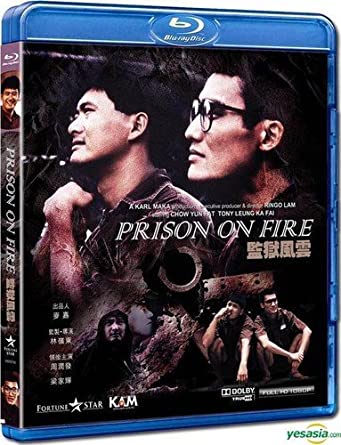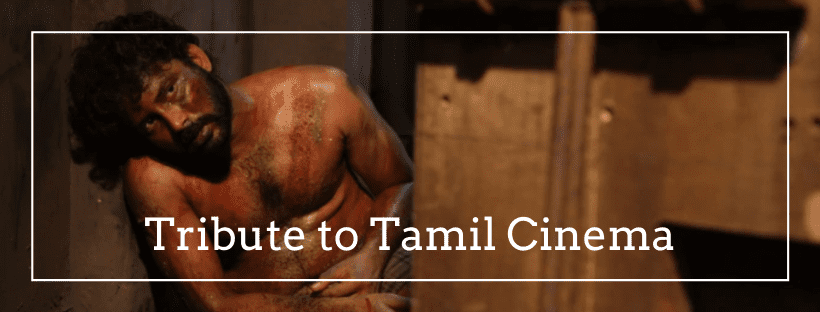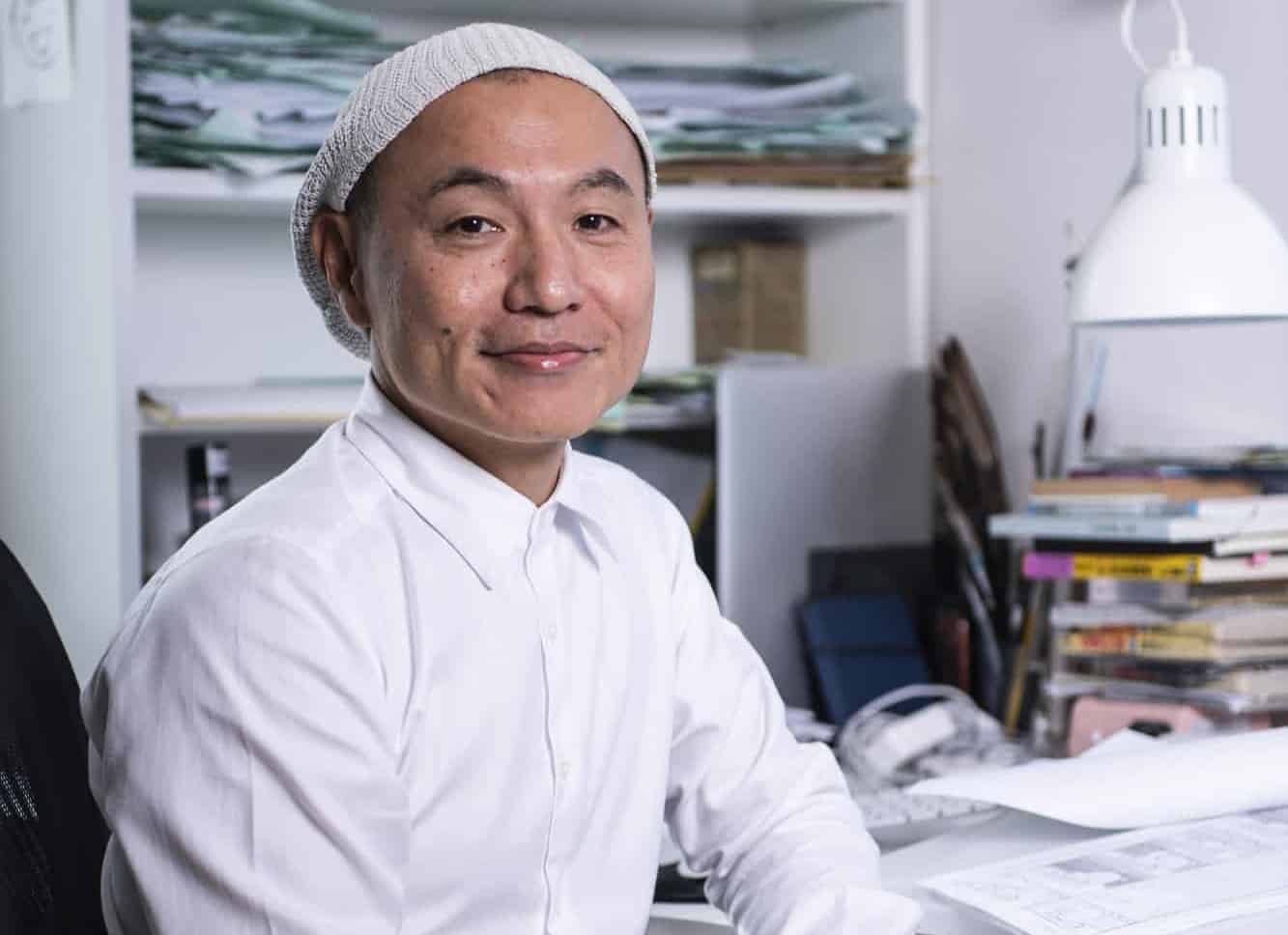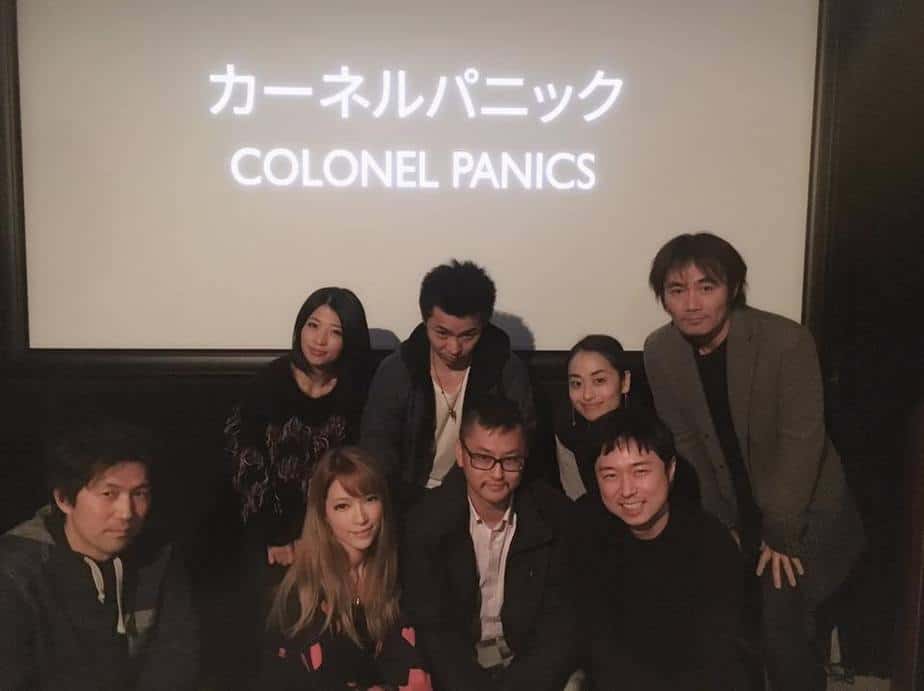11. Prison Circle (Kaori Sakagami, 2019, Japan)

In her two of years of shooting inside Shimane Asahi, Sakagami followed four inmates in their twenties, whose words, despite the restrictions imposed from the prison authorities (their face should not be depicted and any kind of interaction was restricted to specific interview times), manage to highlight the reasons that made them end up in prison and, through that, themselves as individuals, the Japanese correctional system, and most of all, TC. In that regard, and particularly considering the way prisons are in the West, it is a wonder to watch how disciplined the inmates are, as their schedule and program are timed to the minute, their appearance is identical (same clothes and shaved heads) and they have to ask for permission for any kind of action they want to partake in. Not to mention the robot-like food carriers that bring them their meals. (Panos Kotzathanasis)
12. Prison Girl (Naoyuki Tomomatsu, 2008, Japan)

If one wants to know about the intentions of the film, one does not have to look further than the movie's original title “Female Prisoner Ayaka”. Indeed, starting with the opening scene showing one of the many sequences of Ayaka being sexually abused, tormented and humiliated by the prison guards (Hiroshi Fujita and Yukiharu Inoue), the parallels between the two narratives are more than obvious. Much like her “role model” played by Meiko Kaji, Ayaka is seemingly oblivious to the threats of the guards giving them “rebellious” looks which in return only makes matters worse for her. Contempt and even hate define her body language and looks, an observation which sheds an interesting light on the sex scenes of the film. (Rouven Linnarz)
13. Prison on Fire (Ringo Lam, 1987, Hong Kong)
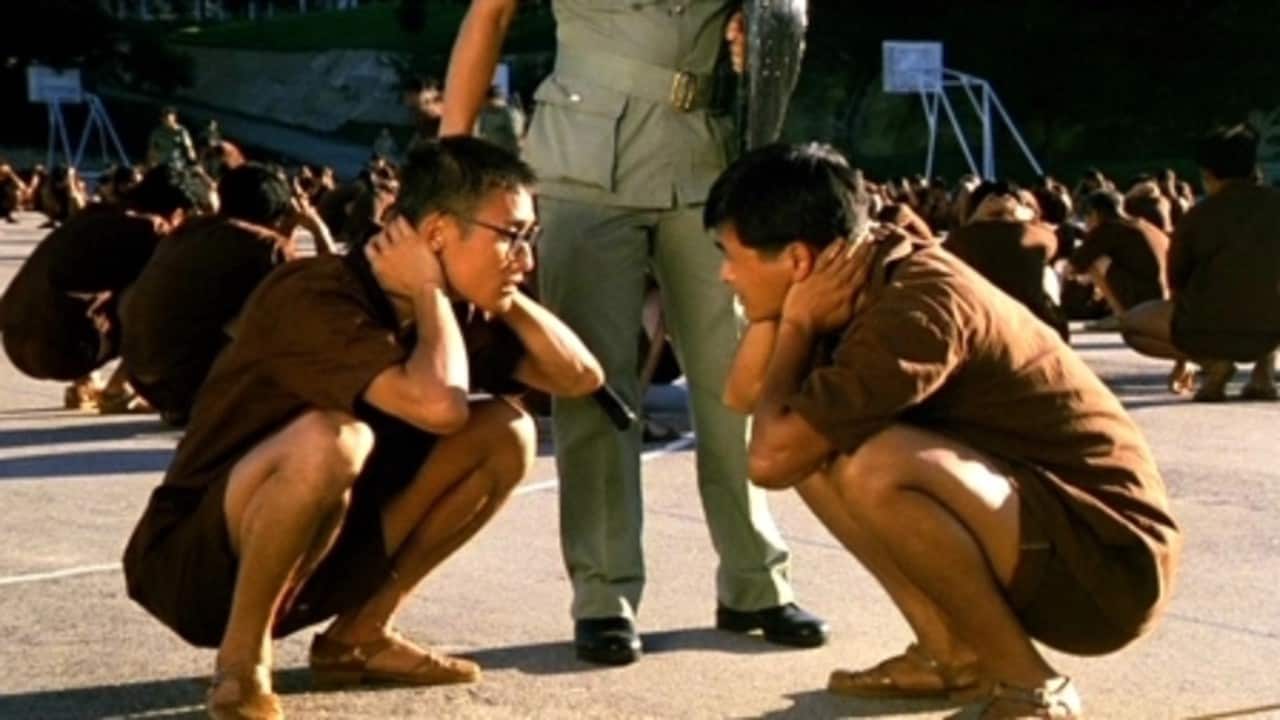
The second in Ringo Lam's “On Fire” series of features. The prison setting perfectly encapsulates the director's bleak viewpoint but is surprisingly a less angry piece than others in his canon. Instead features moments of humanity amidst the frequent violence and social criticism. A superb starring role from Chow Yun Far helps elevate it above the regular clichés. Solid supporting performances and taut direction make for a powerful, dark drama that holds up well even now. (Ben Stykuc)
Buy This Title
on Amazon by clicking on the image below
14. Riki-Oh: The Story of Ricky (Lam Noi-choi, 1991, Hong Kong)

On another lever, there is something to be said when viewing “Story of Ricky” in the light of the prison movie-genre. Similar to the “Sasori”-series or even “Prison on Fire”, its brutality and bloodshed can be considered a mirror to a society showing utter disregard for humanity and defined by misogynist hierarchies. While no one would confuse Nai-choi's feature with a prison drama such as “The Shawshank Redemption”, there is an undeniable satirical touch to some scenes and characters, most significantly perhaps Fan Mei-sheng's character whose obesity and insatiable appetite for food, drink and porn (if his extensive “library” is any indication) exposes him as the kind of capitalist predator he is. In this context, Lik Wong/Ricky becomes a true hero, fighting for those without a voice and who become easy prey for the warden and his many goons. (Rouven Linnarz)
Buy This Title
on Amazon by clicking on the image below
15. Silmido (Kang Woo-suk, 2003, S. Korea)

The second half, once the mission is cancelled, focuses on the psychological effects of the isolation, rigorous training and the idling on this elite team, breaking even the hardest of men. There is also ample commentary on how the army and the brave soldiers play mere puppets to those politicians sat comfortably in their plush offices deciding upon the fates of these men ready to lay their lives. Certain segments in this half do tend to make the runtime be a fair bit longer than it should be and a trim of certain sequences that do not add to the overall story (rape scene, I'm looking at you) would have worked in its favor and would've sped up the feature's arrival to the frankly glorious finale. (Rhythm Zaveri)
Buy This Title
on Amazon by clicking on the image below
16. The Chaplain (Dai Sako, 2018, Japan)

Sako directs a minimalist film that takes place almost exclusively inside prison cells, with the exception of a flashback on Saeki's past, which seems a bit out-of-place but also functions as a relief from the dialogue-only narrative and the repetitive setting. In that fashion, one could say that the movie functions much as a stage play, an approach I found quite beneficial, as it allows the story and the audience to focus on the sociopolitical and philosophical comments the script offers. (Panos Kotzathanasis)
Buy This Title
17. The Guys From Paradise (Takashi Miike, 2000, Japan)

The plot is rather cheesy and predicable, except the absurd last act. Koji Kikkawa is doing a great job as Kohei, even though, after the movie, his acting career took an 8-year break before he was seen 2009 in a Kamen Raider production. The director is able to provide the viewer with a realistic feeling of desperation that is emphasized by the main protagonist. In the later “Big Bang Love, Juvenile A” (2006), Miike deepens this psychological mindset of life in prison using a much darker setting. In “The Guys from Paradise”, he rather mixes up drama and comedy. (Alexander Knoth)
Buy This Title
on Amazon by clicking on the image below

18. The Last Executioner (Tom Waller, 2014, Thailand)

Tom Waller directs a film with the definite purpose of portraying Chavoret's life, and particularly the impact his line of work had on him. In that fashion, the alienation he felt from his family but particularly from society is quite evident, and personifies in a young man, which frequently appears in Chavoret's life, without existing anywhere but on his mind. Waller seems to root for the Last Executioner, as he portrays him as a kind man, who actually wanted to be a rock star, but had to bury his dreams in order to support his family. (Panos Kotzathanasis)
Buy This Title
on Amazon by clicking on the image below
19. Interrogation (Vetrimaaran, 2015, India)

The claustrophobic setting of the dark cells, the fact that the protagonists do not know for a long time what is going on, and even then, if they ever manage to escape, also creates an atmosphere of a thriller, which finds however, its apogee in the second part, in Tamil Nadu, where the action takes a whole more brutal turn. That despite the change in setting and the police officers, the tactics remain the same, is where Vetrimaaran's main comment lies, with his critique of police tactics, but also of the politicians that are hidden beyond them, being realistic, as it is pointy, in a no punches-pulled approach that caused quite a stir among the police leadership upon its release. That the same things happen in two different areas of India is a comment that states that the situation has nothing to do with race, language, or geographical reasons, but with the system implemented by the corruption of the police and the politicians. (Panos Kotzathanasis)
Check our coverage of Tamil Cinema by clicking on the image below
20. With Prisoners (Andrew Wong Kwok-huen, 2017, Hong Kong)

Andrew Wong Kwok-huen in his debut directs a film that functions as a very harsh critique of the correctional facilities in the country, particularly the ones for juvenile offenders, which are considered (as stated in the movie) much worse than those for the adults are. In that fashion, the circumstances are truly hellish, which leads many of the convicts to despair and even suicide, despite the relatively small time of incarceration (a few months). The correctional officers are portrayed as true villains, who repeatedly state that they consider the inmates scum with no chance of rehabilitation, thus justifying their despicable behaviour, at least to themselves. (Panos Kotzathanasis)


